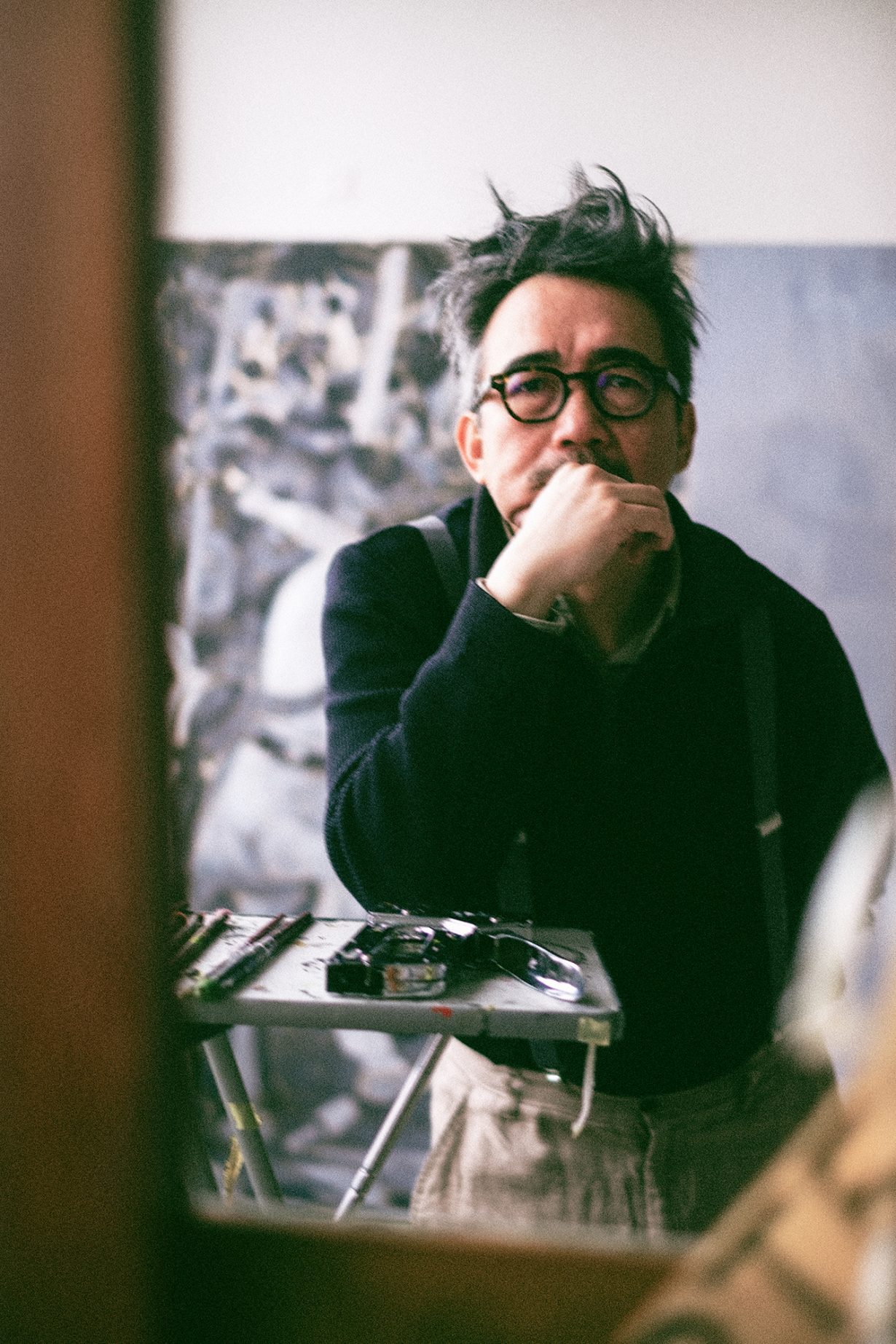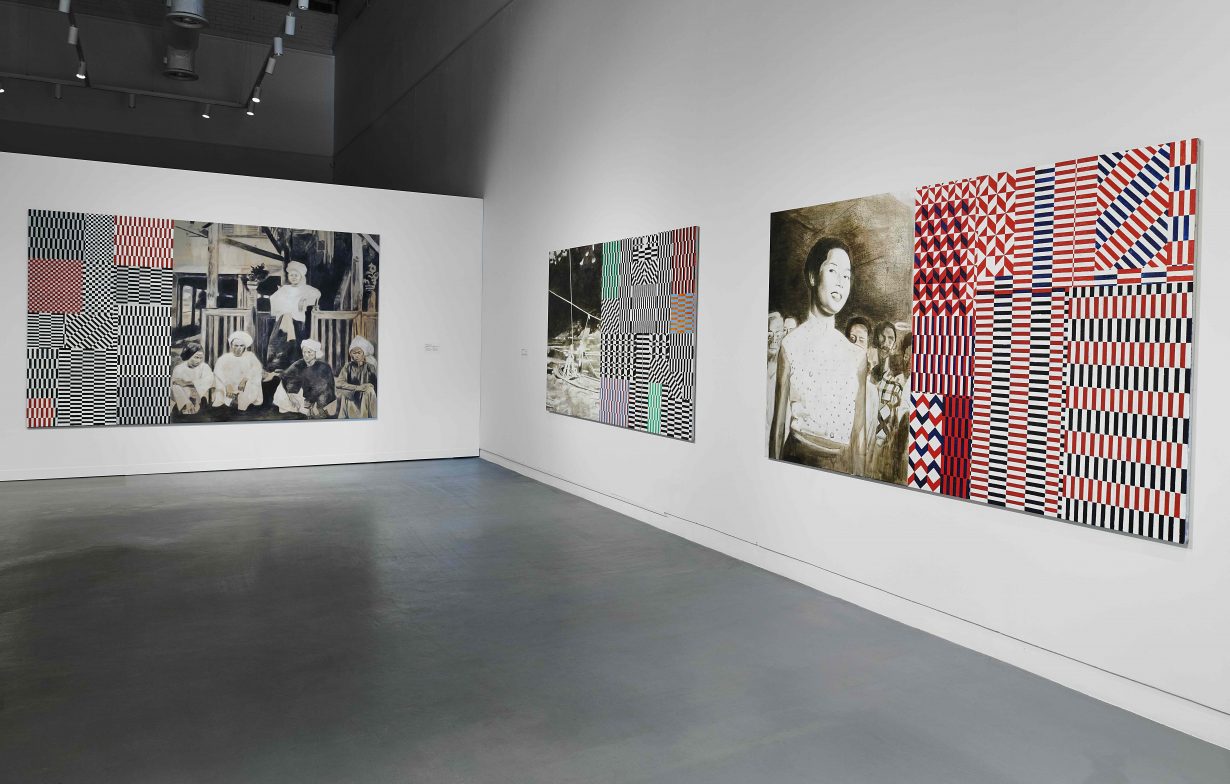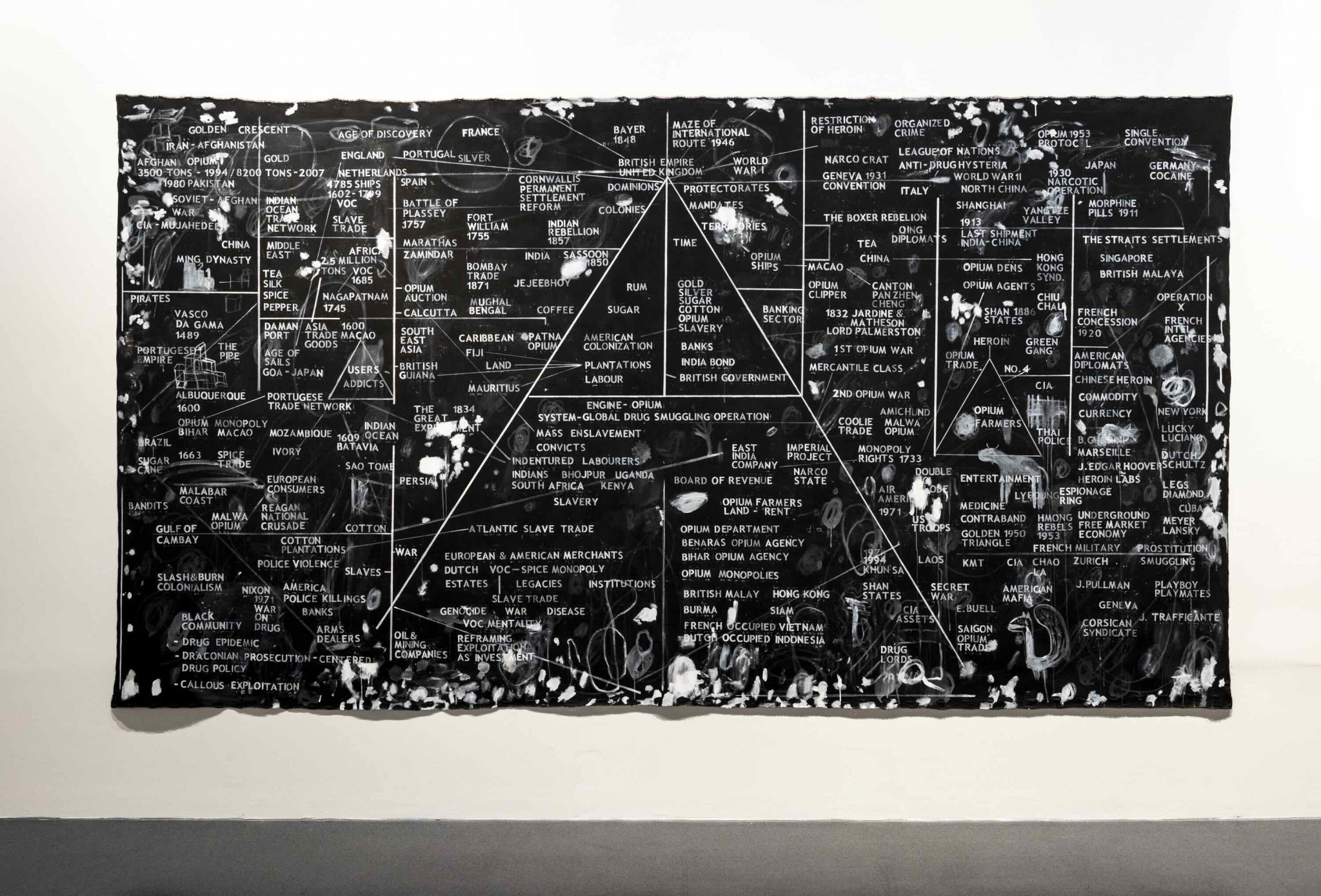To mark the opening of the eleventh edition of the UK’s leading biennial and international contemporary art prize, ArtReview partners with Artes Mundi and catches up with the six international artists presenting their work across Wales from 24 October 2025 to 1 March 2026.
Anchored by a group exhibition at National Museum Cardiff that foregrounds ambitious new commissions and major loans, Artes Mundi 11 invites thematic resonances between practices shaped by displacement, memory and the environmental and emotional costs of political conflict, expanded through solo presentations at venues including Aberystwyth Arts Centre, Chapter in Cardiff, Glynn Vivian Art Gallery in Swansea and Mostyn in Llandudno. Platforming global perspectives on the human condition, Artes Mundi 11 continues the organisation’s commitment to socially engaged art. Among this year’s artists is Sawangwongse Yawnghwe, whose work looks to the legacies of his Burmese royal lineage and the aftermath of political exile via painting and installation that reframes national histories and personal testimony. Yawnghwe recently exhibited at the Berlin Biennale (2025) and the Thailand Biennale in Chiang Rai (2023), as well as at various institutions including Kunstinstituut Melly in Rotterdam, Nova Contemporary in Bangkok, National Museum of Modern and Contemporary Art in Seoul.

AR How do you help audiences connect with stories that come from your own background or community?
SY The stories from my own background – mainly those of my family and my country Burma – are essential elements in my work. I don’t expect audiences to know anything about Burma, because when I was growing up, I also knew nothing about my own country. I was born in exile, in a Shan rebel military camp, while my parents were actively fighting the Burmese military junta.
Even though I use images of Burmese political events or photographs from my family archive, these stories are, in a way, also unknown to me. I consider the work of making art similar to that of a translator – to carefully piece things back together in the hope that new meanings will emerge from the fragments.
AR When you work with shared or inherited stories, how do you decide what to include and what to leave open?
SY Given that my history has been erased through the act of exile, I see this as an opportunity to begin anew. In my work, I try to include everything I am able to find through a process of retroactive searching and uncovering repressed material. I try to leave everything as open as possible; it is only through this process that I discover what gives my work its meaning.

AR What would you like visitors to experience after spending time with your work?
SY I hope the visitors will experience that, drawing on the tradition of critical theory, one can understand art as a form of truth precisely because it makes visible the contradictions and voids that other cultural forms and ideologies strive to obscure.
AR Your large-scale paintings combine family photographs with abstraction to question how history is documented. How do you balance personal testimony and collective national memory when archives – both official and unofficial – can feel unstable or incomplete?
SY I am looking for contradictions within my work. The large-scale paintings are composed of two images: one is usually an old black-and-white photograph from my family archive, and the other is a geometric abstraction. I am not seeking harmony between them; personal testimony and national memory often contradict each other.
In Burma, there are usually two versions of history: the Bama-centric history according to the military junta, and the histories of the ethnic nationalities according to non-Bama peoples. The incompleteness is like a hole within the whole. It is this lack, or absence, that interests me. Within the paintings, the image and the abstraction embody the impossibility of reconciliation.
Sawangwongse Yawnghwe will be showing work at Aberystwyth Arts Centre and National Museum Cardiff, through 1 March 2026
